With their economy in shambles and an increasing amount of human rights abuses, the Argentinian people were suffering.
So, in order to create an onslaught of Argentinian unity, dictator Leopoldo Galtieri orchestrated the invasion of the Falkland Islands.
Invasion of the Falklands
Long contested between England and Argentina, Galtieri believed that an invasion of the Falklands was what his country needed to turn their minds from their woes.
And so, on April 2, 1982, he invaded.
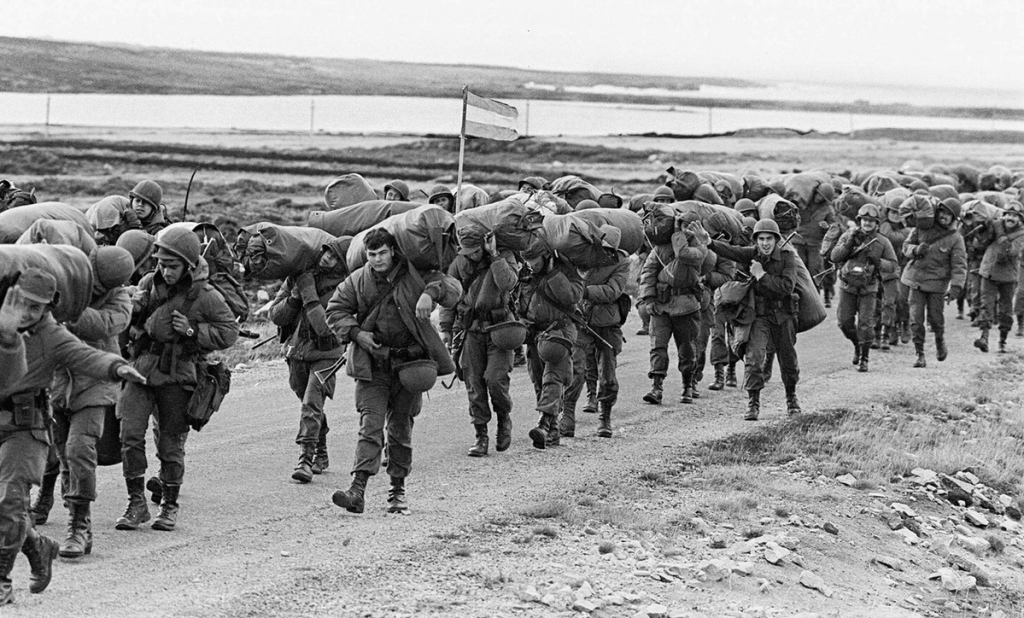
Surprisingly, Argentina took the islands with little effort, captured a number of British soldiers, and started sinking British ships.
Perhaps even more surprising, though, is that Galtieri’s plan to unite Argentina via invasion had actually worked. The war was on.
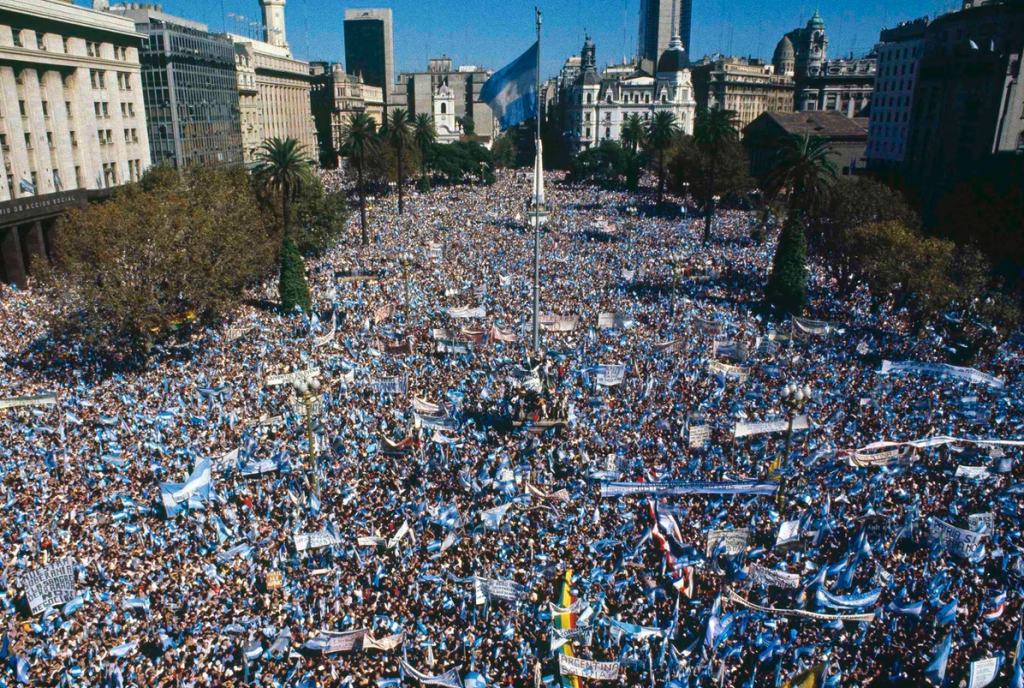
Frogmen from the Water
England decided to begin fighting back with an amphibious invasion of East Falkland.
To do this, a SAS team was sent in to mop up the nearby airfield at Pebble Island first, as the Argentine planes were causing havoc. With this goal accomplished, 4,000 Brits were able to land at nearby San Carlos Water.
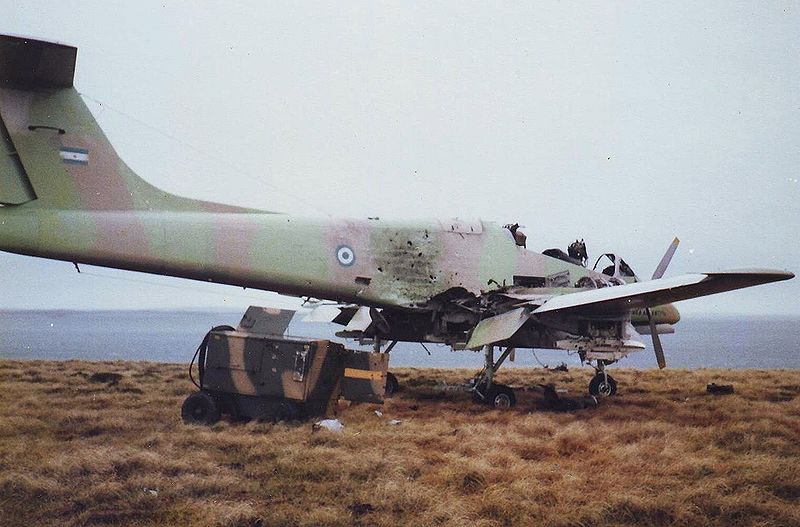
For Argentina, this marked the beginning of the end.
Political Implications
Galtieri believed England would fly directly into the Falklands capital of Stanley.
However, the British Government was putting pressure on the British Joint Headquarters to secure early victories to maintain the momentum of the campaign and rally public support back home.
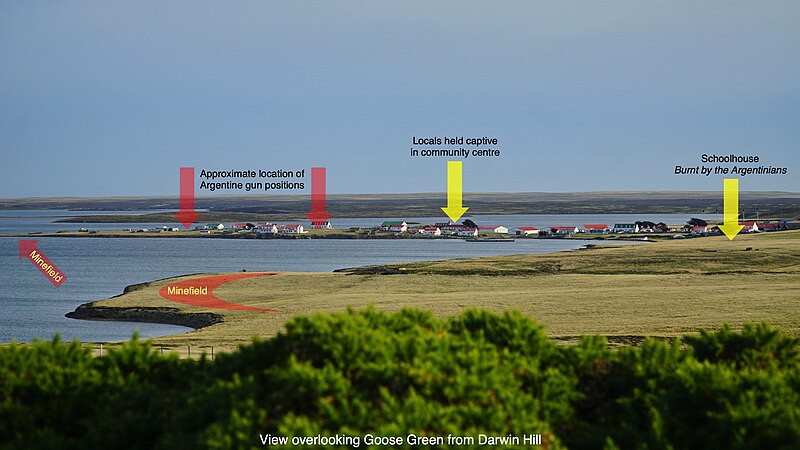
Against his wishes, the British ground forces commander Julian Thompson was ordered to attack a target of opportunity before heading into Stanley.
Nearby Goose Green was to be that target.
Britain didn’t need to take Goose Green to win the Falklands War, but doing so would make things back home much easier for them.
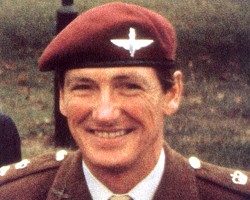
Lieutenant Colonel Herbert Jones and the men of 2 PARA were given the job.
With only 600 men, Jones set out to accomplish his mission. His men were outnumbered by about two-to-one against an entrenched enemy with machine guns on the high ground, but excuses were not an option.
So It Begins
After capturing a few errant Argentinians, the British learned the positions of the entrenched forces.
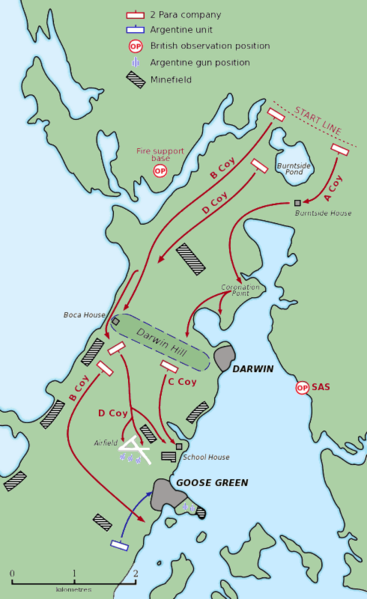
The only problem? To assault those positions, the members of 2 PARA would have to maneuver across wide open ground. Yet that is what needs to be done, and when night fell, they made their move.
Miraculously, 2 PARA made their way all the way to the entrenched forces, where heavy fighting began. For 17 hours, Jones led his men against the Argentinians.
Despite the boggy, open ground, the numerically superior enemy, and the lack of outside support, the men of 2 PARA secured victory with nothing other than the weaponry they carried.
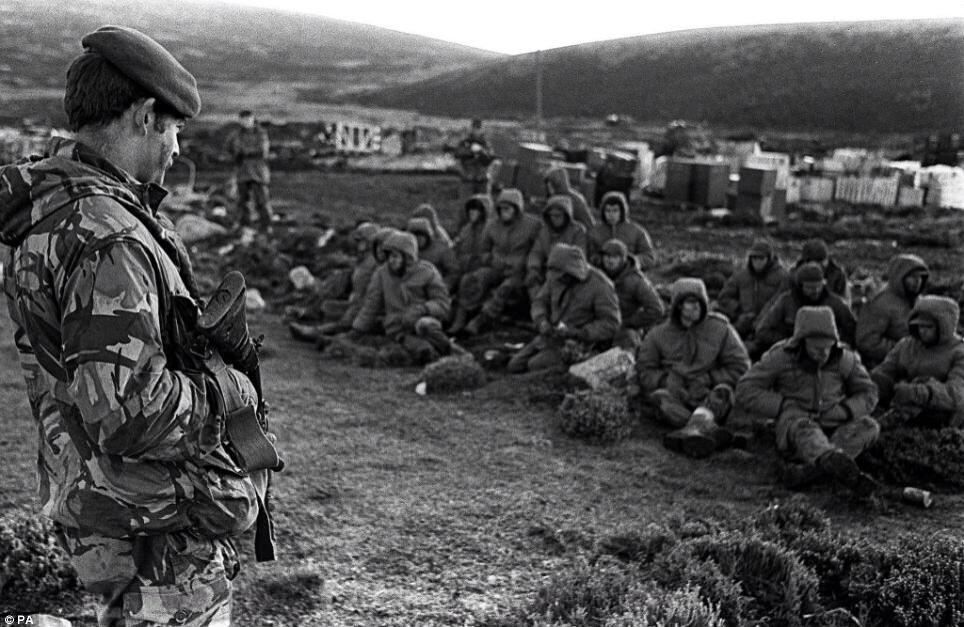
Goose Green was retaken by England.
Hard-Fought Victory
Jones died during the fighting, but his actions helped to lead to victory that day, as the Argentinians surrendered shortly after. Had it not been for his leadership, Goose Green could have easily turned into a tale of tragedy.
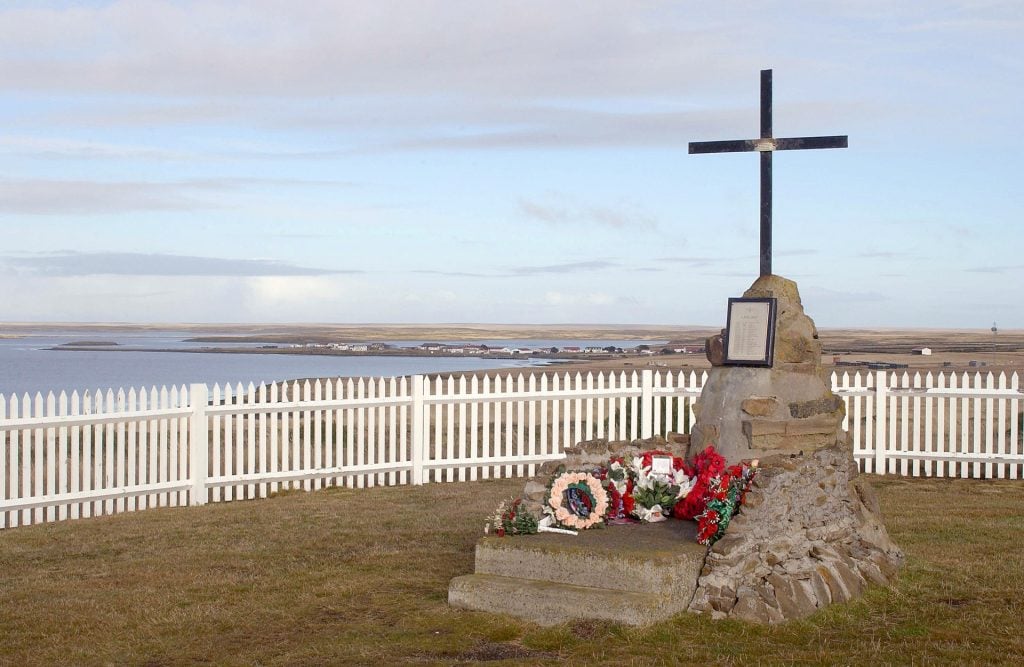
Had they failed? Public support for the war back in Britain could have plummeted. What that could have spelled is anybody’s guess.
You can learn more about this war in Max Hastings’s The Battle for the Falklands.
This is a new style of article for Pew Pew Tactical, if you liked it — let us know in the comments! If you didn’t enjoy it…well phooey. To catch up on previous Pictures from History, click on over to our History Category.

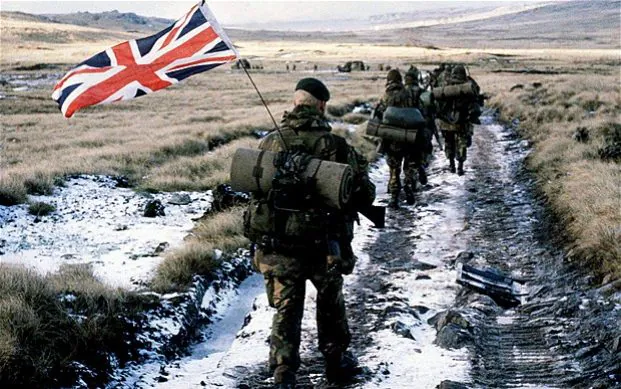







4 Leave a Reply
2 PARA commander Lieutenant Colonel Herbert Jones....he was awarded, posthumously, The Victoria Cross for his actions and bravery whist leading his men from the front.
I have read Max Hastings book of the
Falklands War. As a retired History Teacher, I am glad that you have
published an overview of this little
understood war. I hope that in the
future you will continue to do the same regarding other events in History.
A good brief article -however casualty numbers from both sides is missing here. Also the great British Harrier jump Jet's 'finest hour' should have been mentioned.....
Also I have spoken with vets and people who gave me first hand accounts (family members etc)... the hand to hand fighting with bayyonettes (tumbledown, Mt Longdon, Two Sisters) was some of the most brutal and bloodiest combat in the 20th century...
Many British vets have questioned was this loss of life really necessary....
One of the wars where both sides had the same weapon (Fal).